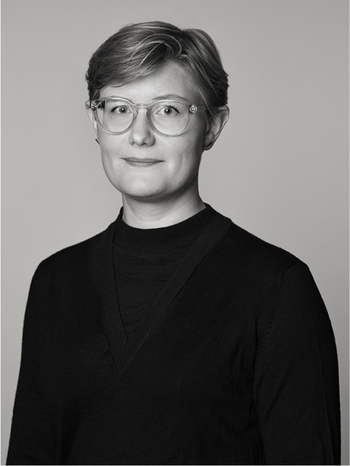A lacquer display cabinet, late 19th century.
The rectangular top bearing raised flanges at the short ends, elaborately and finely carved as a compartmentalised cabinet with three open shelves arranged around a closed cabinet with hinged door and a pull-out drawer. To the right further three drawers. A deep carved and lacquered decoration with panels with figure scenes against border patterns with flowers and lychee fruits. The black lacquered back panel with gilded decoration. Height 96 cm. Depth 38 cm. Width 94.5 cm.
Wear, cracks.
Provenance
From the Collection of Mr R. & Mrs A. Asplund 1905-1999, thence by descent. The image illustrated in the catalogue depicts the display cabinet in their home at Vasastan, Stockholm.
More information
Openwork display cabinets, known as duobaoge or 'curio cabinet of many treasures' developed and reached the height of popularity during the 18th century gracing the Imperial halls. The carefully designed asymmetrical and irregular compartments are characteristic of the duobaoge developed in the early Qing period. Such cabinets would have been used to display precious objects including ceramics, jade carvings, cloisonné enamel and archaic and later bronzes.












































































































